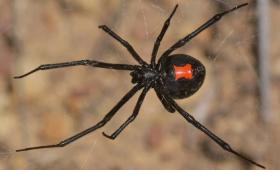Livermore has won five Technology Commercialization Fund grants from the Department of Energy.
Science and Technology Highlights

Lawrence Livermore sent 43 employees to the annual Grace Hopper Celebration, the premier international gathering of women in computing.

Researchers at Livermore and the University of California, Santa Cruz have created 3D-printed supercapacitor electrodes capable of achieving record-breaking performance.

Livermore and University of Washington scientists conclude that it is too early to rule out severe global climate change.

Remnant cores of burned-out stars could be the key to finding the most elusive class of black holes.

For the first time, researchers have developed a way to determine how many cancer cells it takes to initiate a tumor in another part of the body.

A team of theorists from Livermore has solved a long-standing puzzle in the nucleation of a high-pressure phase of ice known as ice VII.





